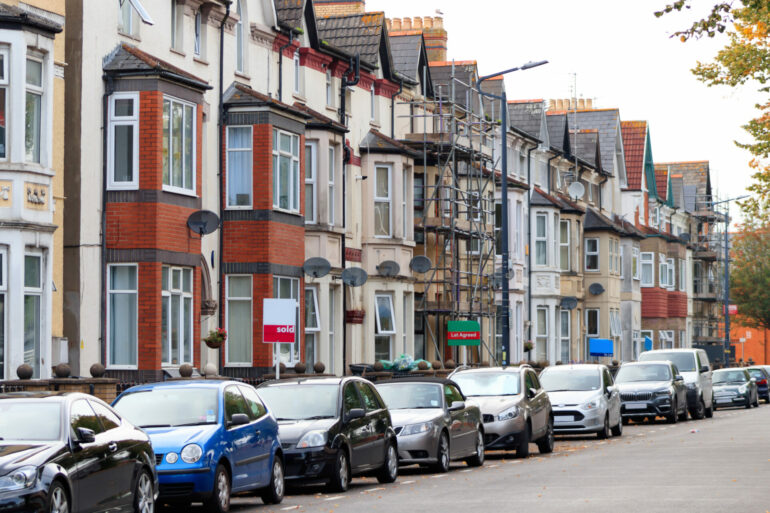In September 2023, prices were 0.5% lower than a year before, recording the first yearly house price fall – albeit small – since 2012, according to Zoopla’s house price index.
The average price was £265,100 across the UK, and Zoopla attributed the drop to higher mortgage rates.
The buying power of the average mortgages household was 20% lower compared with the start of 2022.
Zoopla found that the biggest lenders were offering an average mortgage rate of 5.1% for a 75% loan-to-value (LTV) 5-year fix, almost one percentage point higher than the 4.2% rate offered in spring 2023.
With sellers therefore less likely to achieve their asking price, there was an increase in the average discount to asking price over the summer, to 4.2% – or £12,125 off the original price.
This was the biggest average discount since March 2019, although still below the highs of late 2018.
The report suggested that the year would end with prices 2% to 3% lower than at the start of 2023, albeit still leaving prices 17% higher than at the start of 2020.
There was a clear North-South divide when it came to house price inflation, with cheaper Northern regions continuing to see growth.
Prices fell most in the South East and East of England, down 1.5% compared with a year ago; however, they were still on the rise in Scotland, the North of England, and Wales.
Scotland saw the highest annual house price growth of 1.6%, while all other regions saw house price growth drop to below 1% in the last month.
The biggest monthly slowdown in price growth was in the North West – annual house price growth was at 1.2% in Zoopla’s previous report, but slowed to 0.3%.
In Scotland, where prices sat 40% below the UK average, prices rose on a local level in North Lanarkshire (3.0%), South Lanarkshire (2.9%), Clackmannanshire (2.8%), Falkirk (2.8%), Stirling (2.8%), Mid Lothian (2.2%) and West Lothian (2.2%).
The top 10 cheapest places to buy remained largely unchanged, with the cheapest being East Ayrshire, Scotland, at £101,500 on average.
London and the South East were the most expensive places to buy, with Kensington and Chelsea and the City of Westminster seeing a house price fall of 0.9%, but still surpassing the £1m mark on average.
Nathan Emerson, CEO of Propertymark, said: “This recent report reiterates what our member agents are telling us.
“Last month there was a 29% rise in the number of new properties for sale which shows many people are continuing to find an affordable middle ground when coming to the market and negotiations well underway.
“We imagine this picture will only get stronger with more sales completing in the coming months given the recent positive news of inflation rates remaining unchanged, given much-needed encouragement to those buyers who were hesitant.”




